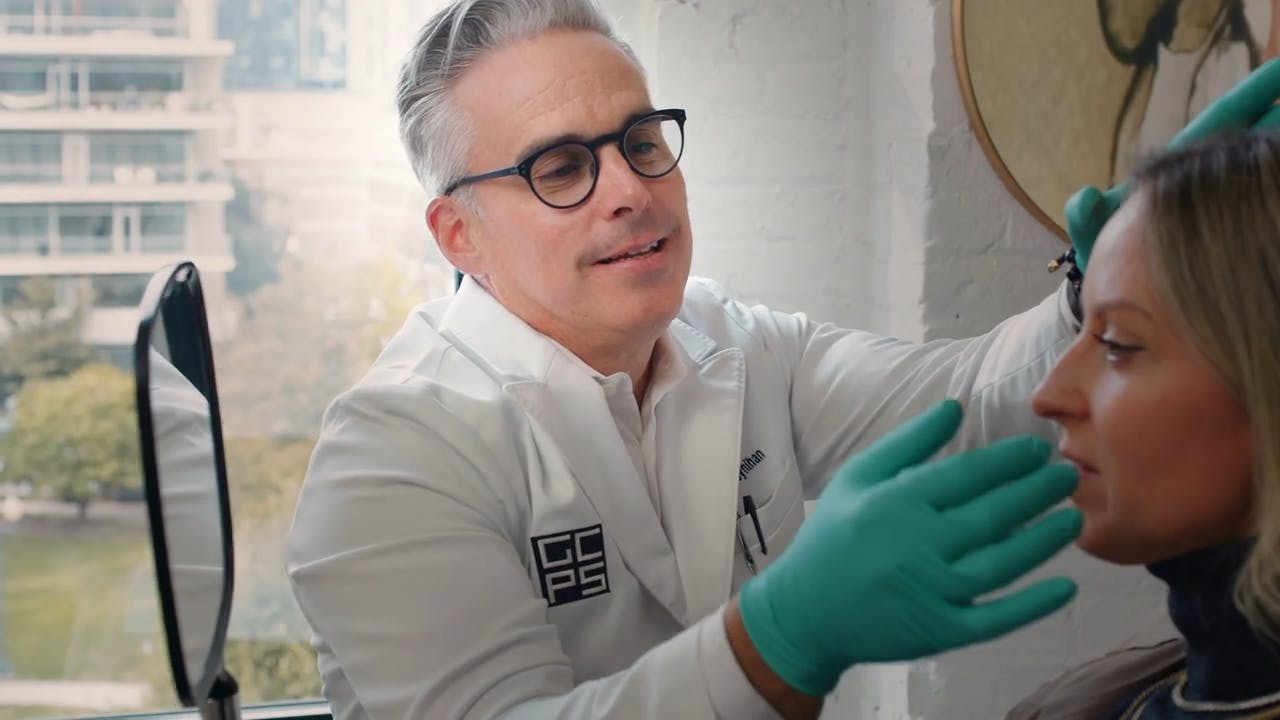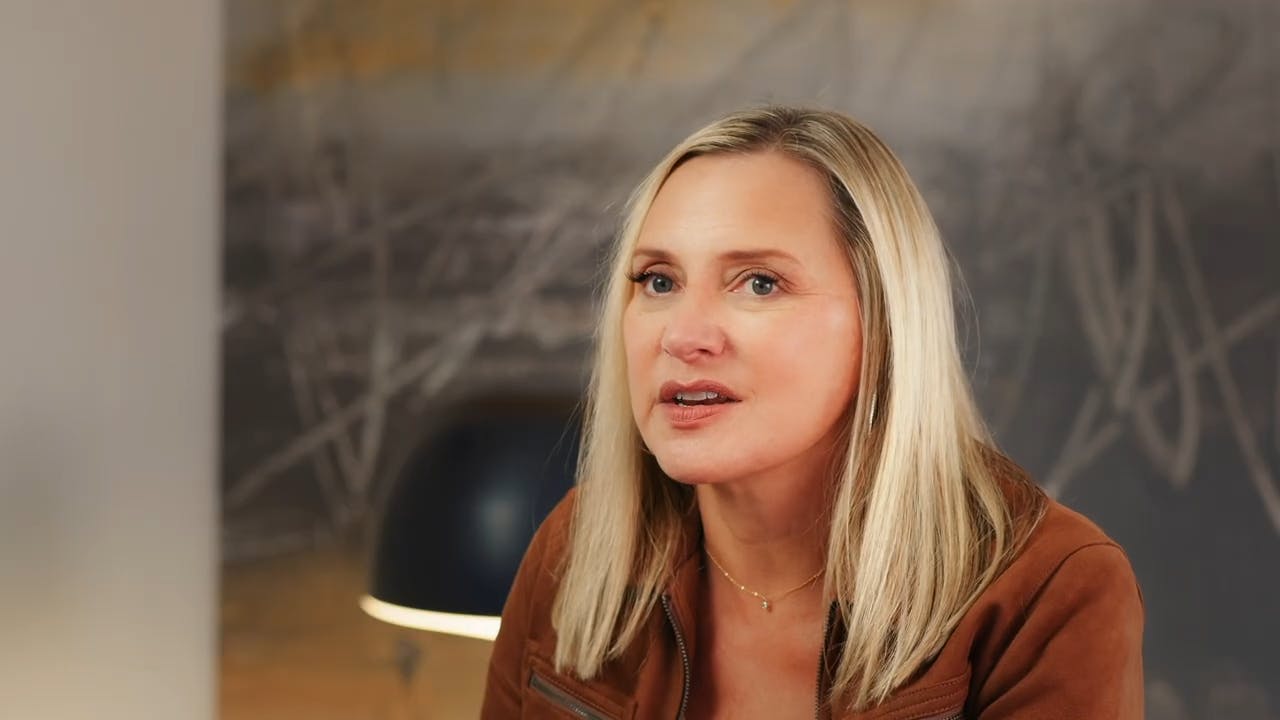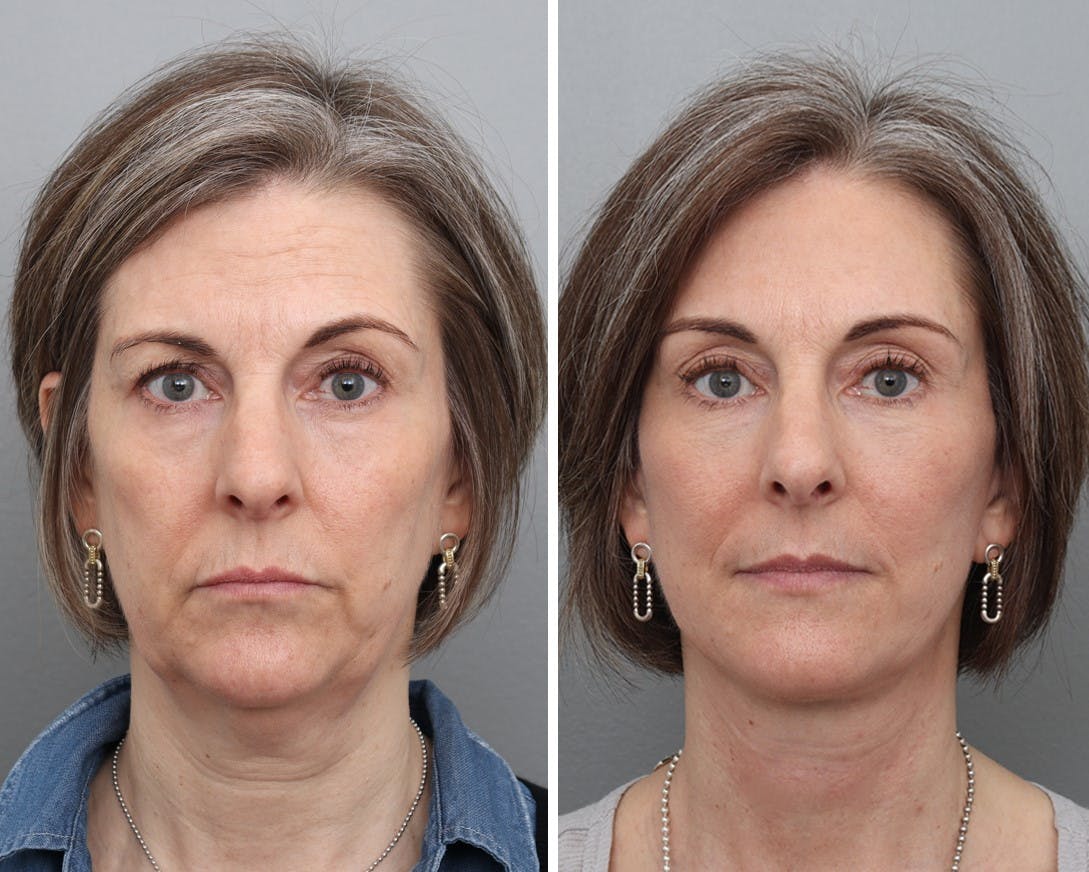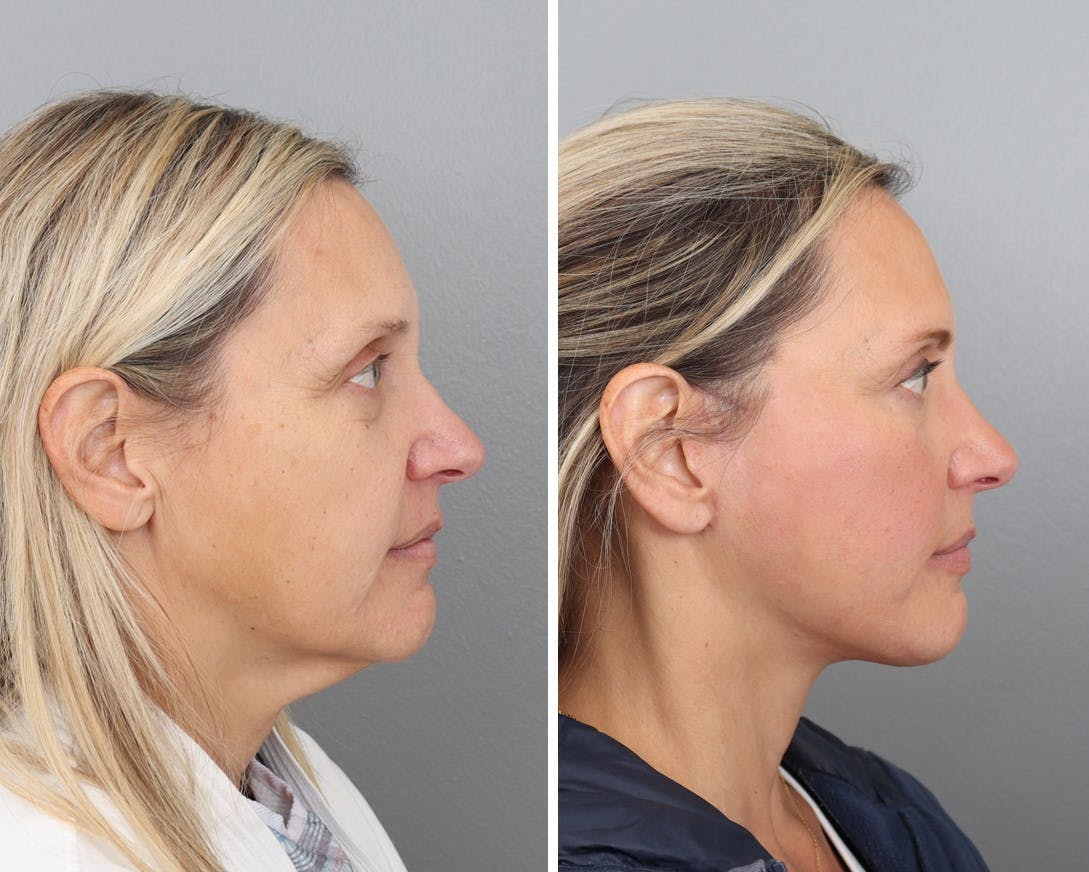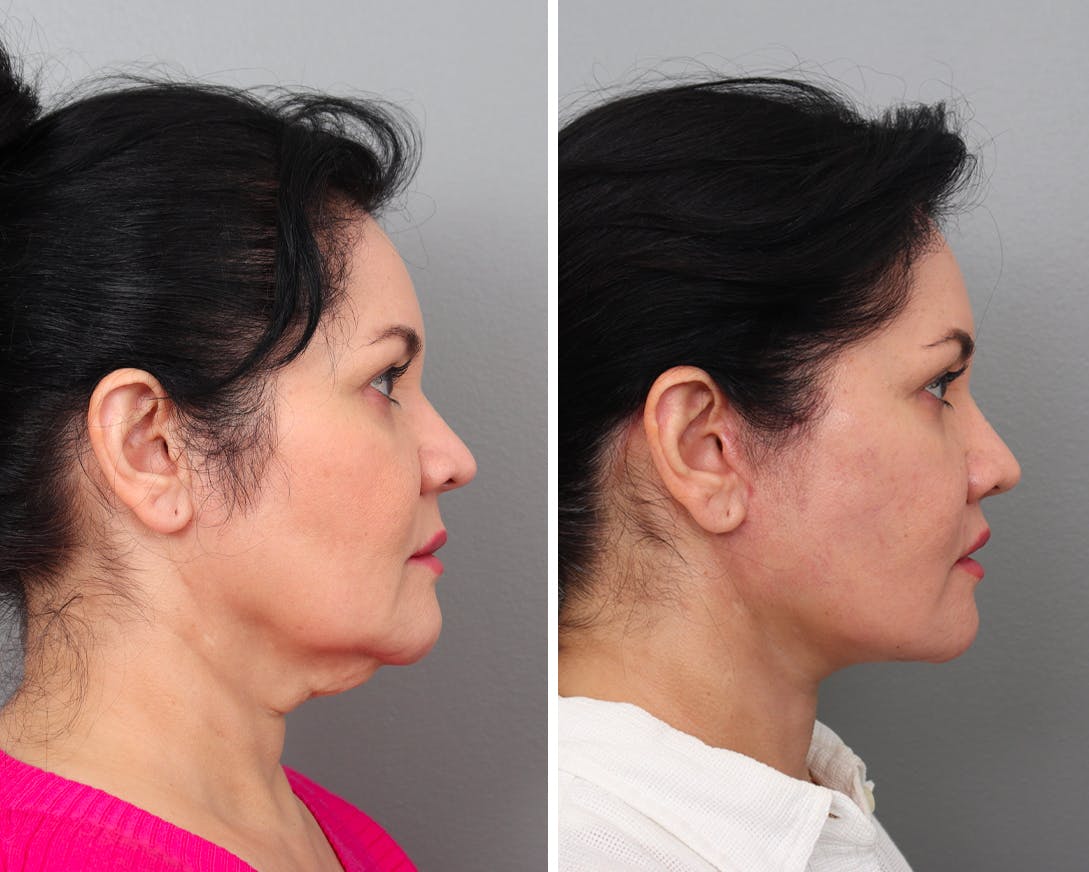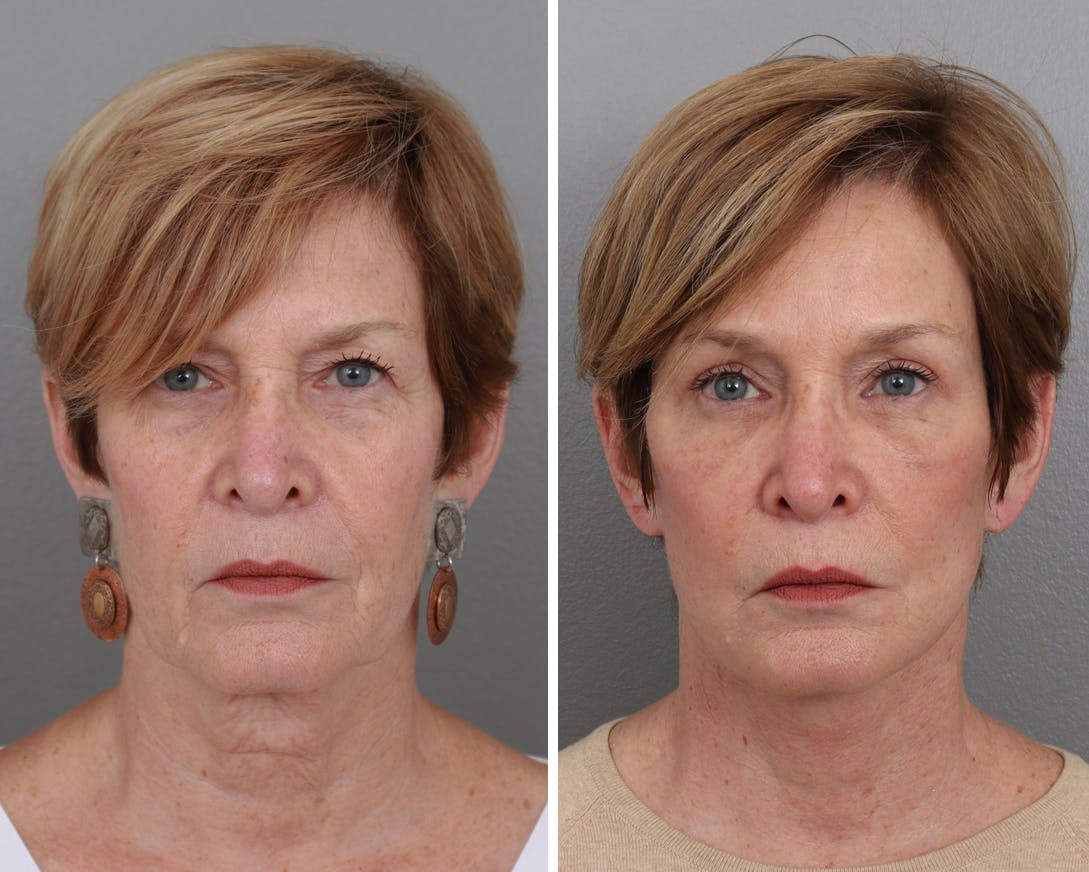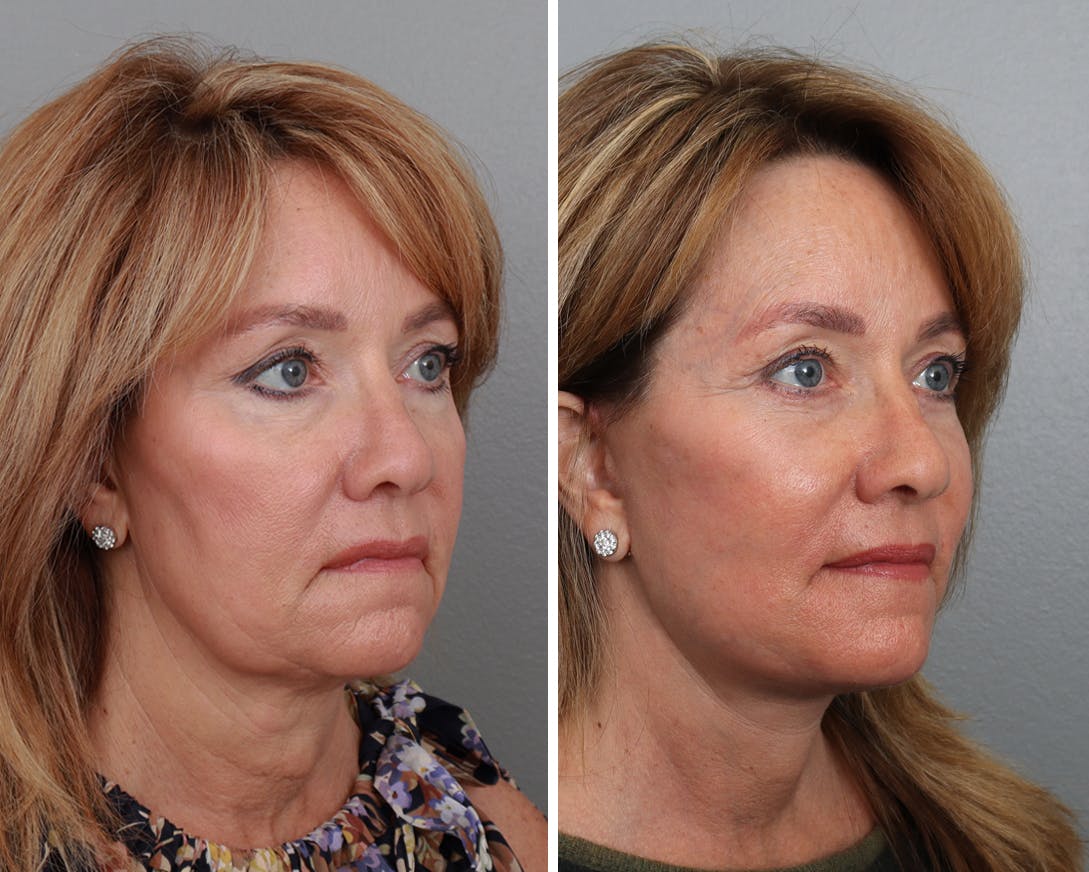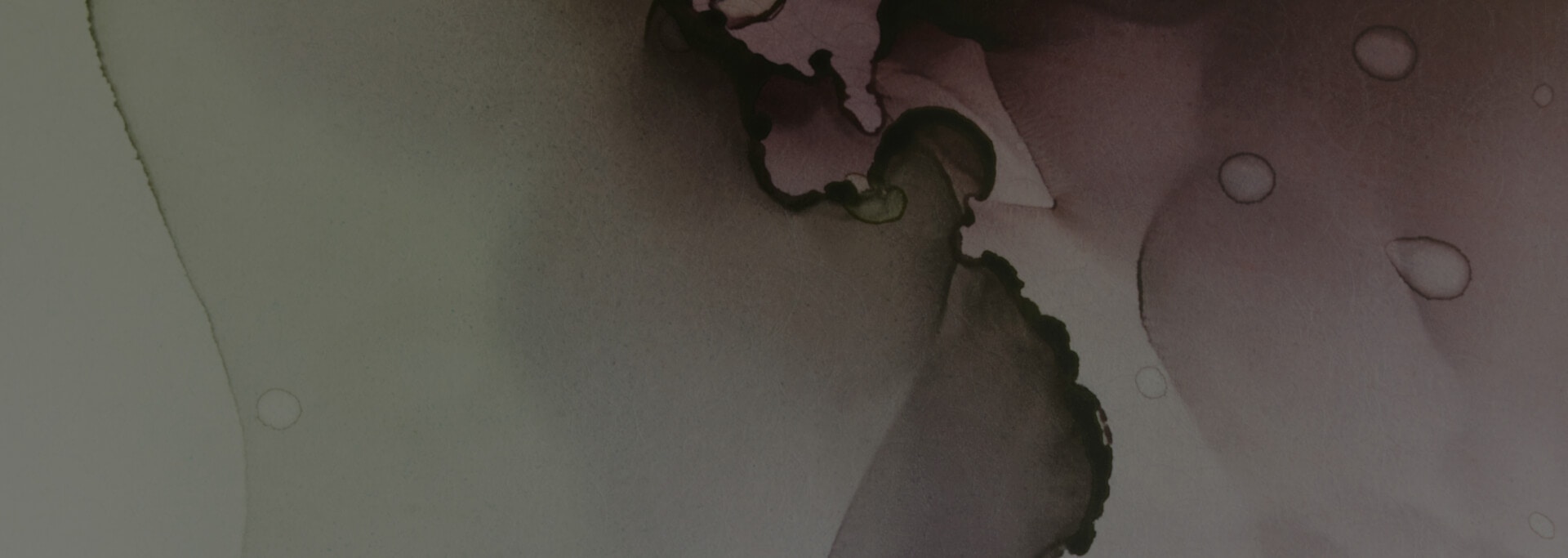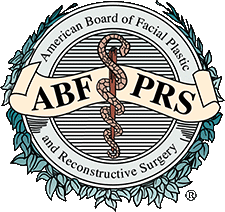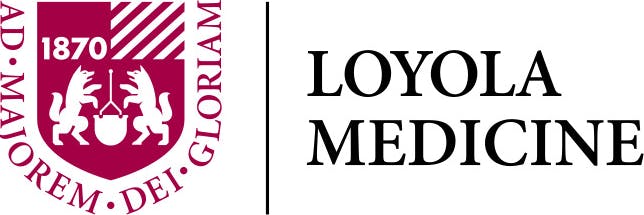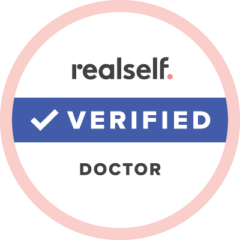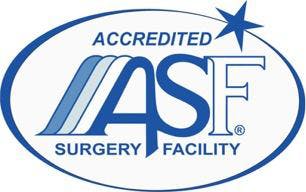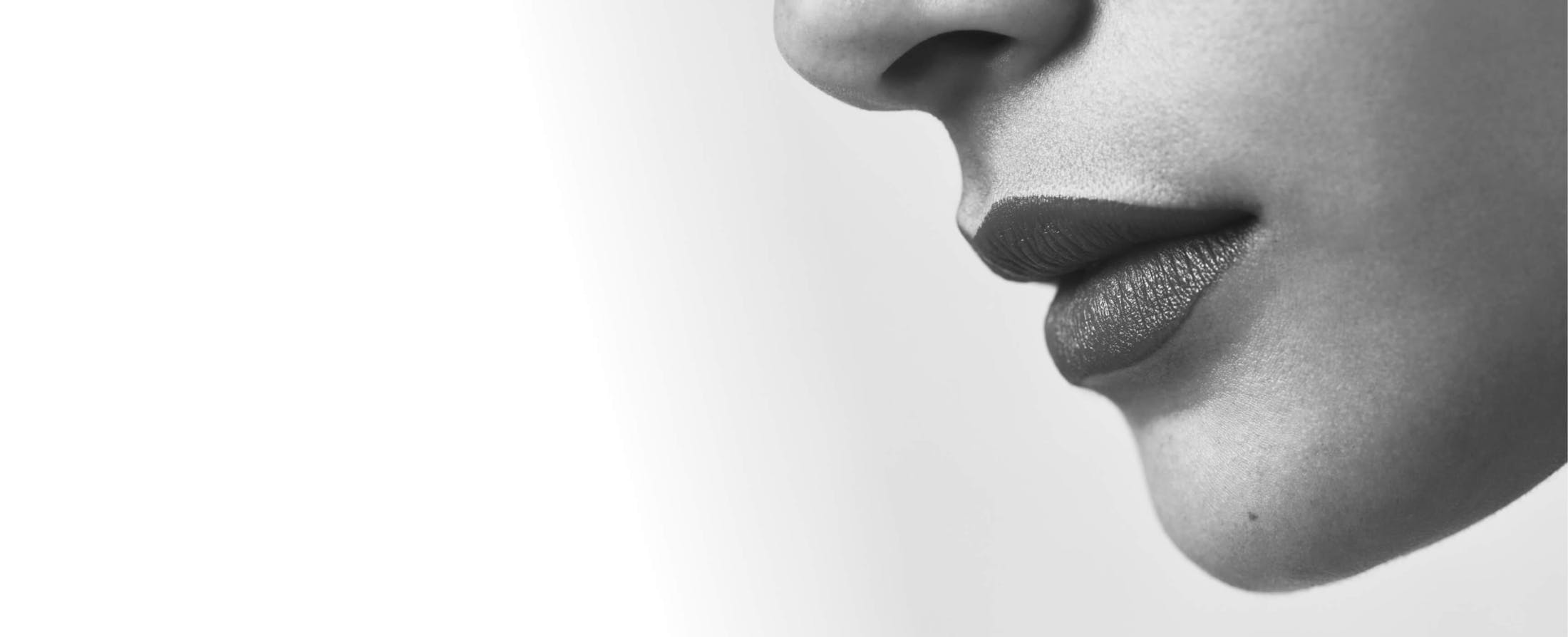Our face is the first thing seen by other people, and most often they assume that it reflects how we feel on the inside. However, this is not always the case.
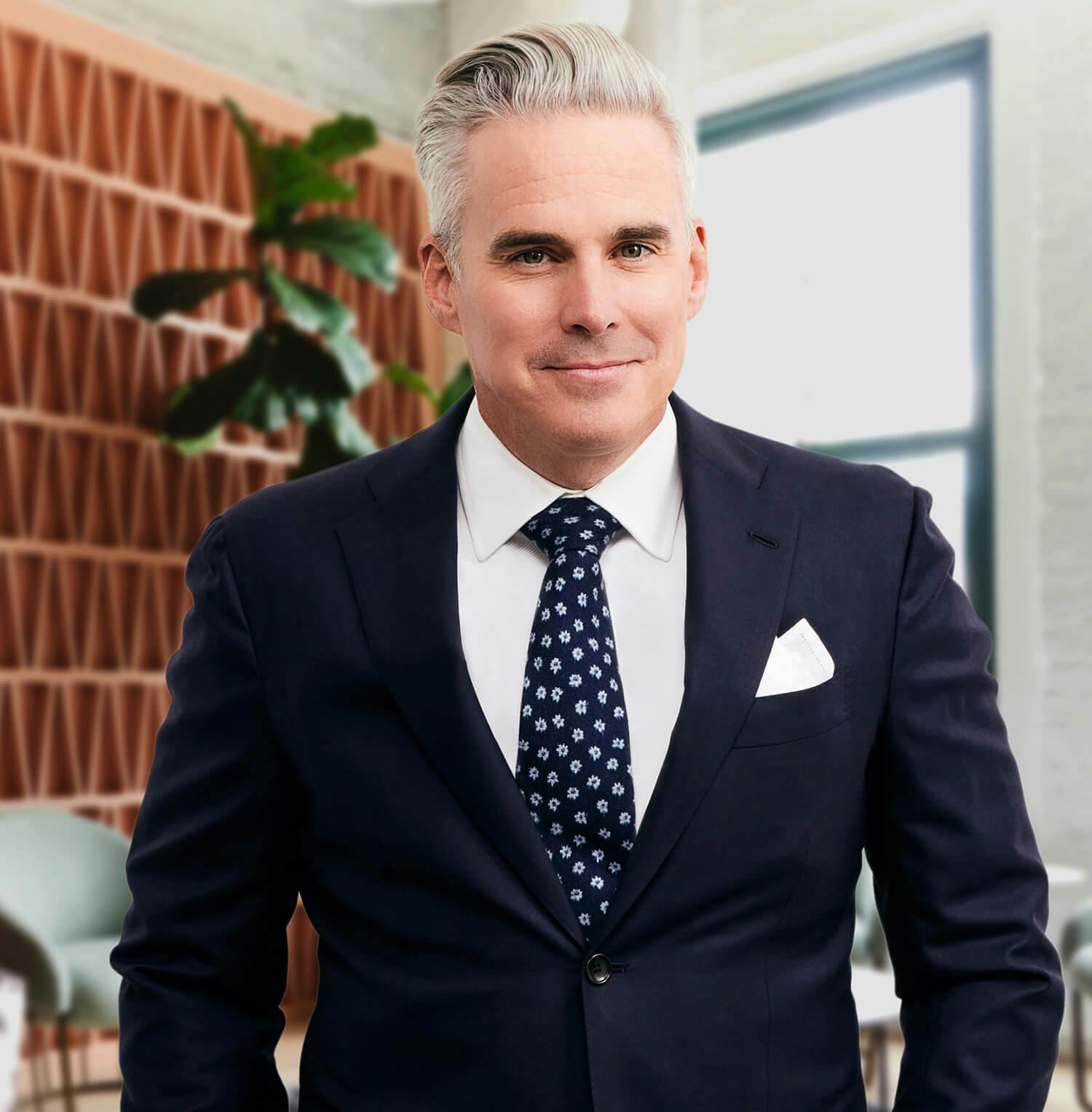
Why Choose Dr. Moynihan for a Facelift in Chicago?
When it comes to facial rejuvenation, expertise matters, and Dr. George Moynihan brings an unparalleled level of surgical precision, aesthetic artistry, and patient care to every facelift procedure. A double board-certified facial plastic surgeon, Dr. Moynihan has dedicated nearly two decades to mastering the complex anatomy of the face, earning recognition as one of Chicago’s foremost experts in facial enhancement.
As the founder and medical director of Gold Coast Plastic Surgery, Dr. Moynihan has built a trusted, results-driven practice grounded in surgical excellence and natural-looking outcomes. His background in otolaryngology and exclusive focus on facial procedures gives him a refined understanding of both form and function, allowing him to restore youthful contours without compromising individuality.
Beyond the operating room, Dr. Moynihan serves as a Clinical Assistant Professor at both Loyola University and Rush University Medical Centers, mentoring the next generation of surgeons while staying at the forefront of facial aesthetic innovation. Whether you're seeking subtle refinement or a comprehensive facial rejuvenation, choosing Dr. Moynihan means placing your trust in a proven expert who leads with integrity, precision, and genuine care.
Facelift FAQs
What areas can be improved through a Facelift or Mini Facelift?
How is a Facelift performed?
Where are the incisions placed for the Facelift or Mini FaceLift?
What type of anesthesia is used during a Facelift?
How long does a Facelift take?
What should I expect immediately after a Facelift procedure?
What can I expect from the extended Facelift recovery?
When can I return to work after a Facelift?
What procedures are commonly used with the Facelift?
Will there be scarring after my Facelift procedure?
Can I finance my Facelift?
What areas can be improved through a Facelift or Mini Facelift?
A facelift will address the lower 1/3 of the face and neck, primarily from the lower cheeks down to the neck area. A Mini-Lift treats the cheek area alone.
How is a Facelift performed?
Dr. Moynihan begins the facelift procedure by making a thin incision at the hairline, immediately above the temples. This will extend across the scalp to end in the hairline behind the ears. From here, he will lift and reshape the tissues of the face, providing a more youthful appearance.
Where are the incisions placed for the Facelift or Mini FaceLift?
Dr. Moynihan places the facelift incisions behind the hairline along the scalp and behind the ear. When working on the neck region, the incisions are placed under the chin. As a result, scars are well concealed within the natural anatomy. The Mini-Lift uses extremely small incisions along the scalp and behind the ear, which are also hidden within the hairline.
What type of anesthesia is used during a Facelift?
The facelift procedure is performed under IV or general anesthesia.
How long does a Facelift take?
Depending on the type of facelift, and extent of correction, the procedure will take between three to four hours to complete.
What should I expect immediately after a Facelift procedure?
A compressive dressing will be placed around the cheeks and under the chin the first night following a facelift. Patients are given instructions on how to remove these dressings and clean the incisions the next day. Seven days after the facelift, sutures and clips are removed. Another follow-up appointment, at the two-week mark, will remove one final suture by each earlobe. Dr. Moynihan will closely monitor the recovery progression during this time. If healing is going well, postoperative appointments are then scheduled for six weeks, three months, six months, and one year.
What can I expect from the extended Facelift recovery?
Patients should expect the recovery after a facelift to take about two weeks. Initially, swelling and bruising will occur, although most of this will diminish over two to three weeks. Temporary numbness and tightness may be noticeable, as well. Minor discomfort may be experienced over the first few days, but Dr. Moynihan will prescribe appropriate pain medications to keep patients resting comfortably at home.
When can I return to work after a Facelift?
Generally, patients feel and look well enough to return to work 10-14 days after their Rhytidectomy procedure. Strenuous activities should be postponed for the first four to six weeks.
What procedures are commonly used with the Facelift?
To provide maximum facial rejuvenation results, a Chin Implant may be used with a facelift to enhance the facial structure. To smooth and even nasolabial folds (creases from the nose to the edges of the mouth), facial fillers, such as Juvederm®, work well with the facelift procedure. Both combinations will provide natural, organic looking results.
Will there be scarring after my Facelift procedure?
The facelift procedure does result in visible scarring. These will be well concealed within the natural hairline, though, thus making the scars almost unnoticeable.
Can I finance my Facelift?
Patients have the option to pay with cash, all major credit cards, or with medical financing through Cherry. At your consultation with Chicago facelift specialist Dr. Moynihan, the exact cost of an upcoming facelift procedure will be discussed, as well as all available payment options.


